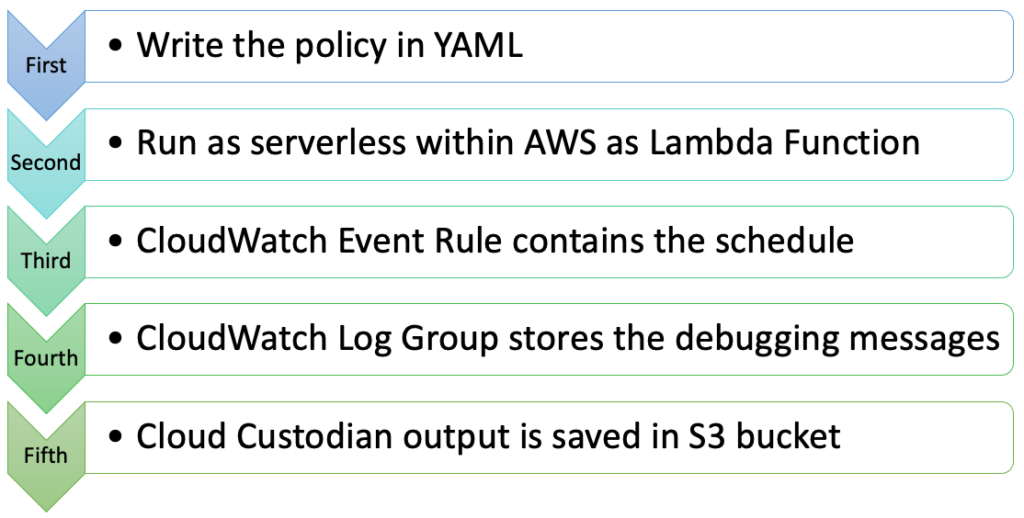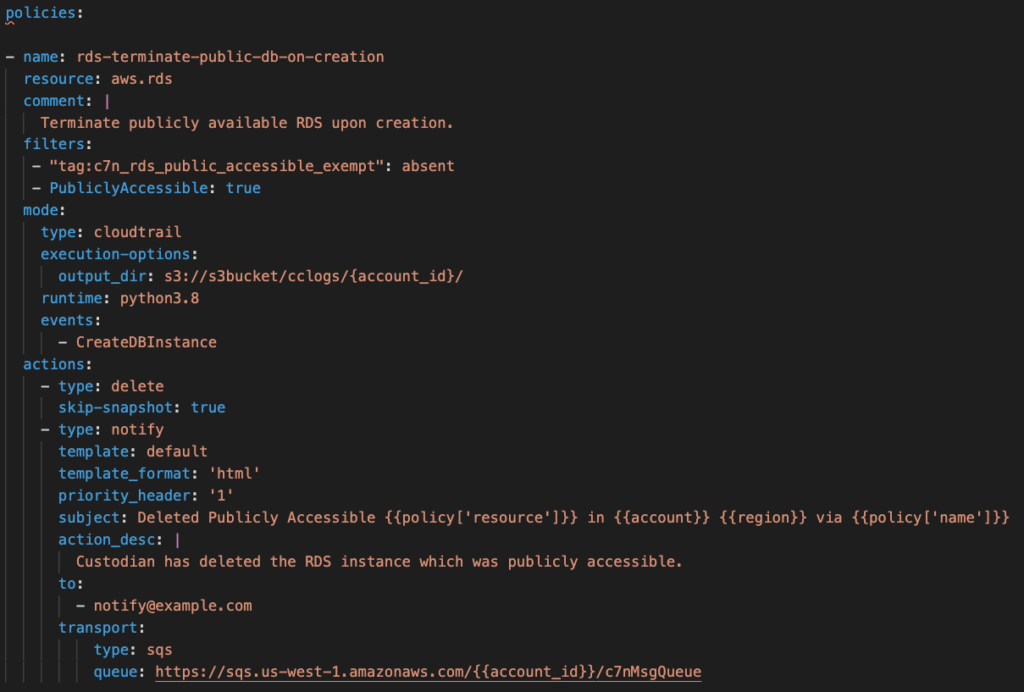Great Minds Think Together: Code42 Security Guild
How do we scale security in development where resources are scarce? The typical answer is via automation, but how do we automate people?
Having worked in security for a few years now, I often find myself with much more work than time. For instance, when I started as an analyst, I had about 10 application teams working with me to ensure security requirements and testing were completed. When I left that position, I had 40 teams requesting that I help them secure their application.
The problem: I am not scalable.
This led me to wonder: how can we support individuals who want to be secure in a way that is scalable? One answer is collaboration.
People can’t be automated, but we can deputize security across the organization. The right way for Code42 was to start by trusting developers to “Do It Right” while they “Get It Done”. We can allow developers the autonomy to learn how to code securely. We can also rely on them to run static code analysis tools and entrust them to include this within their deployment pipelines. If we give developers a safe place to address security concerns, we can achieve more together.
As an added bonus, security no longer blocks anyone’s work. We can simply be available to developers when needed to review any findings or concerns.
Because they have addressed the low-hanging fruit, developers are able to address the hard questions about security: where and when it can and should be applied.
Developers are the experts of their domains. They know how security modules will impact their application, and they know where that can happen in their implementations. Furthermore, have you ever looked for a security professional with extensive software development experience? It can be like trying to find a unicorn. If you’ve found one and happen to work alongside them, consider yourself lucky.
At Code42, we have a Security Guild made up of volunteers from each development team along with members from the security department. These are the folks you want participating in the guild, as they have a general curiosity for how security affects the projects they’re working on, and can take their learnings back to their teams.
Each team’s representative becomes the security expert on their team, and the guild meets regularly to discuss security-related topics. Each representative brings questions and concerns from their development team to review as a team.
The security team benefits, and the developers do too!
The security guild allows developers to grow their skill sets. The security team benefits from the visibility into the security concerns of their developers. Together, both identify and develop solutions as they collaboratively address their concerns.
A great example of this partnership is when we gear up for the annual Secure Code Review training. As a guild, we review the questions, add new ones, and customize them to topics relevant to us in the current moment. We also take time to have honest conversation on whether the questions are confusing or biased and work towards a better question. This collaboration across departments ensures that we continue to further strengthen our relationships and bring value to one another.
How do you scale your security engineers?
My take: I’ve been in this role for a few years now, and I’m still learning and growing. I think the most important thing is to be engaged first. Learn how developers receive and do their work. Choose courage and be the person who asks the “dumb” questions. Find balance and hold each other accountable for security. Lastly, discover ways to be collaborative within the organization, because together we win.
At Code42, we are lucky. Our company’s dedicated and engaged employees drove the success of the Security Guild. We’ve encouraged everyone to see security as part of their responsibilities and inspired our most security-curious employees to educate themselves and grow their skills. With great minds thinking together, security is achievable.

